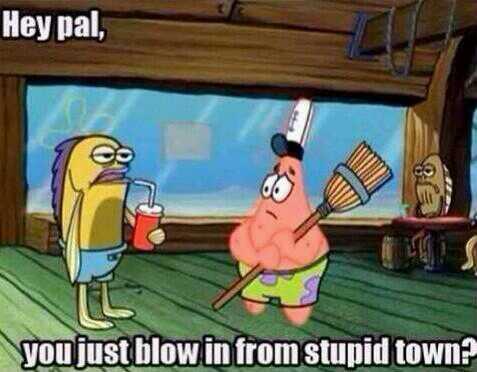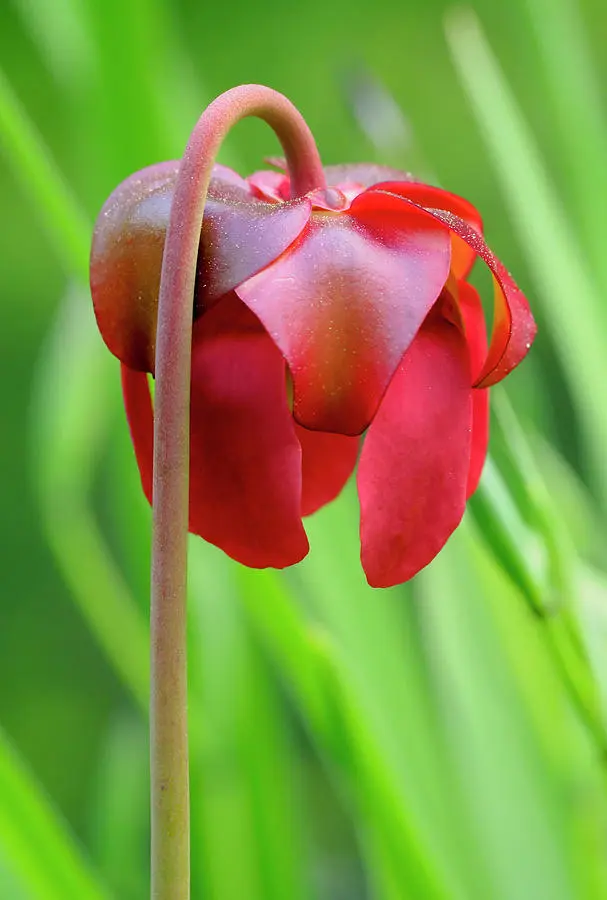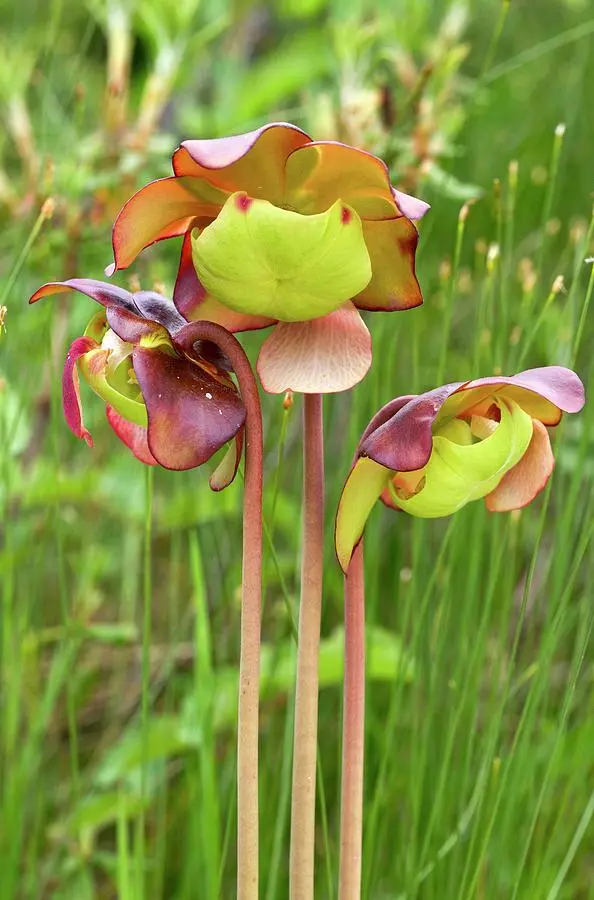I mean if you kill your pollinators you’re not going to reproduce, so that makes sense the genes survived.
Get that randomized “trial and error” crap out of here. Everyone knows nobody and nothing ever uses trial and error, because it can’t deliver results.
Genetic mutation is always occurring. It’s not trial and error, there is no intent to do anything. You make it sound like a function but it seems like more of a failure to me.
Evolution works like a tree’s structure branches over time. That’s why it’s always animated like that. It is NOT that everything gets expressed and then gets tested. It is that the current thing “alive” is changing. It seems crazy now only because you’re seeing the veeeeerry complicated leaves at the ends of very complicated branches. Branches that have mostly ended by now.
You know what happens to animals with unsurvivable mutations? They die. All the time. Even humans with unsurvivable mutations happen ALL THE TIME.
That’s why it’s ridiculous to outlaw abortion: Bad things randomly happen all the time, because it’s a complicated process with LOTS of areas that can go wrong. It goes wrong all the time. The body has mechanisms to fix a lot of “wrongness”, but macro-level bad stuff still happens all the time.
The same thing happens on a species level over many survivable generations.
It IS basically “trial and error”, but trial and error in a VERY complicated and dynamic system after a very, very long time, currently stemming from the complicated results of that system.
You cannot dismiss the system just because one aspect confuses you when removed from context…

By any chance did you drop an /s?
Pitcher plants do the same thing

They have these really unique looking flowers too


Then there’s the pitcher plant that isn’t really carnivorous, but relies on excrement…it’s not so much a pitcher as a toilet: https://en.m.wikipedia.org/wiki/Nepenthes_lowii
Ah so that’s why Victreebel is a poison type
Victory bell is probably based off of highland pitchers (Nepenthes). Fun fact: In some parts of the world they’re called “monkey cups”. I don’t know if the monkeys actually drink out of them or not but that’s where the name came from lol.
Another fun fact is the Yellow Trumpet pitcher plant’s (sarracenia flava) flowers smell like cat pee.
Damn, I had no idea these flowered. I could never keep them alive either.
deleted by creator
pitcher plant is just a generic term for a few species, including sarracenia
Yeah sorry! I had deleted it I didn’t see where you mentioned it was a pitcher and thought you meant vft!
Also, the energy to make that flower is an enormous strain on the plant. Usually, growing that flower causes most or all of the carnivorous leaves to die, and therefore often growing that flower spells the death of the plant.
Interesting. I would imagine that the plant has a lot of energy since insects are way more rich in nutrients than light and water, no?
The specific nutrients it gets from the bugs are nitrogen and phosphorus, which plants normally absorb through their roots. It evolved carnivory to compensate for the poor soil in its native habitat instead of developing its roots like other plants in the area, so it can’t pick up the nutritional slack with its atrophied roots.
In addition, every time a leaf closes and tries to digest what it caught, it uses a lot of energy. Flowering always is a big strain on a small plant, no matter what species, so when this strain is introduced the number of carnivorous leaves becomes a difficult risk/reward calculation, and plants are not known for cleverness.
We’re used to getting our energy and building blocks from our food. Plants get their energy from the sun, and their building blocks from the air (CO2). They get water and some minerals, but a plant is made up off solidified air. It’s like if you could be solar powered living off just air, water, and an occasional multi-vitamin.
Anyway, carnivores don’t really get energy from their prey, just the nutrients. It’s like self fertilizing.
That’s not really how it works. Going from one food chain level to another you lose about 90% of the energy like:
Plants - photosynthesize 100% of solar energy available
Herbivores - eat the plants, losing about 90% of the total energy in the process of breaking it down and making it usable.
Carnivores - eat another animal, losing another 90% aka (1% of total energy)
Plus, consider that photosynthesis is capable of creating all the sugars and that we can convert sugars into fats and proteins and stuff using biological processes (this is essentially why plants need nitrogen and phosphorous to grow, but the generally get that from the soil and really don’t need a lot.
I know carnivores plants are plants, but I never really thought of a venus flytrap’s flower.
Understanding it needed to do that is a bit of personification. The Venus fly trap that grew a slightly taller flower stem got pollinated more. That genetic mutation overtook the species as competition for pollination grew more difficult for the shorter flower stemmed. Evolution is cool an all, but let’s not confuse it for plants knowing or deciding to do anything.

Or if that’s too subtle:

😘
I had an idea once to make a travel pack sized blanket for air travel.
Venus Flight Wraps
It didn’t “grow to know” shit. The ones with short flowers didn’t breed as frequently. The end. Mystery solved.
Always absolutely wild to me that these things are native to the Carolinas
not only native, but the ONLY place. I’ve got carnivores from every continent (accept Antarctica, obviously), and thats STILL my favorite fact.
It does make sense they’re so rare though. Most carnivory you can picture the evolutionary path: Something had a mutation that kind of made a cup, something had a mutation that kind of made the leaves sticky… etc. You can see it happening one step at a time with minor advantages (and therefore survival) at each step, until they kept compounding into more and more complex and specialized structures.
For a VFT… multiple things had to happen at once. There’s no advantage to the motion until you can also digest and adsorb the material. There’s also no advantage to a partial motion that can’t trap an organism. It’s really wild they exist!
It started as a flowering plant. As it got some early carnivorous genes, if it killed the pollinators it would not reproduce.
It slowly turned into the terrifying plant we know and love.
Before it got jaws it was a glue trap. Venus flytraps are an evolutionary offshoot of Drosera, the sundews.
Cute story fren, but natural selection isnt a willful choice by the organism 💕
Obligatory crime pays but botany doesn’t mention. There is this really cool episode of a huge carnivorous plant collection:








